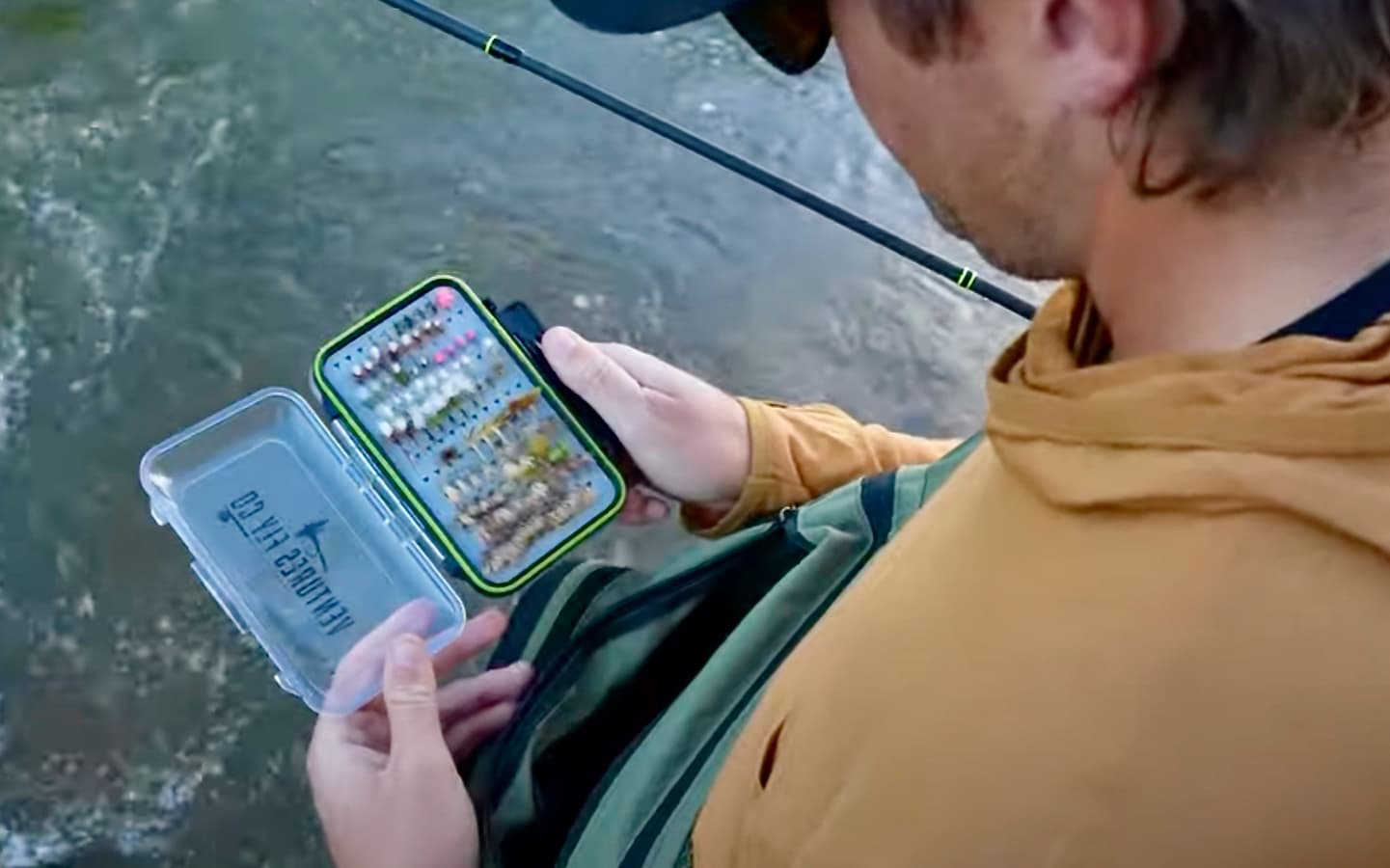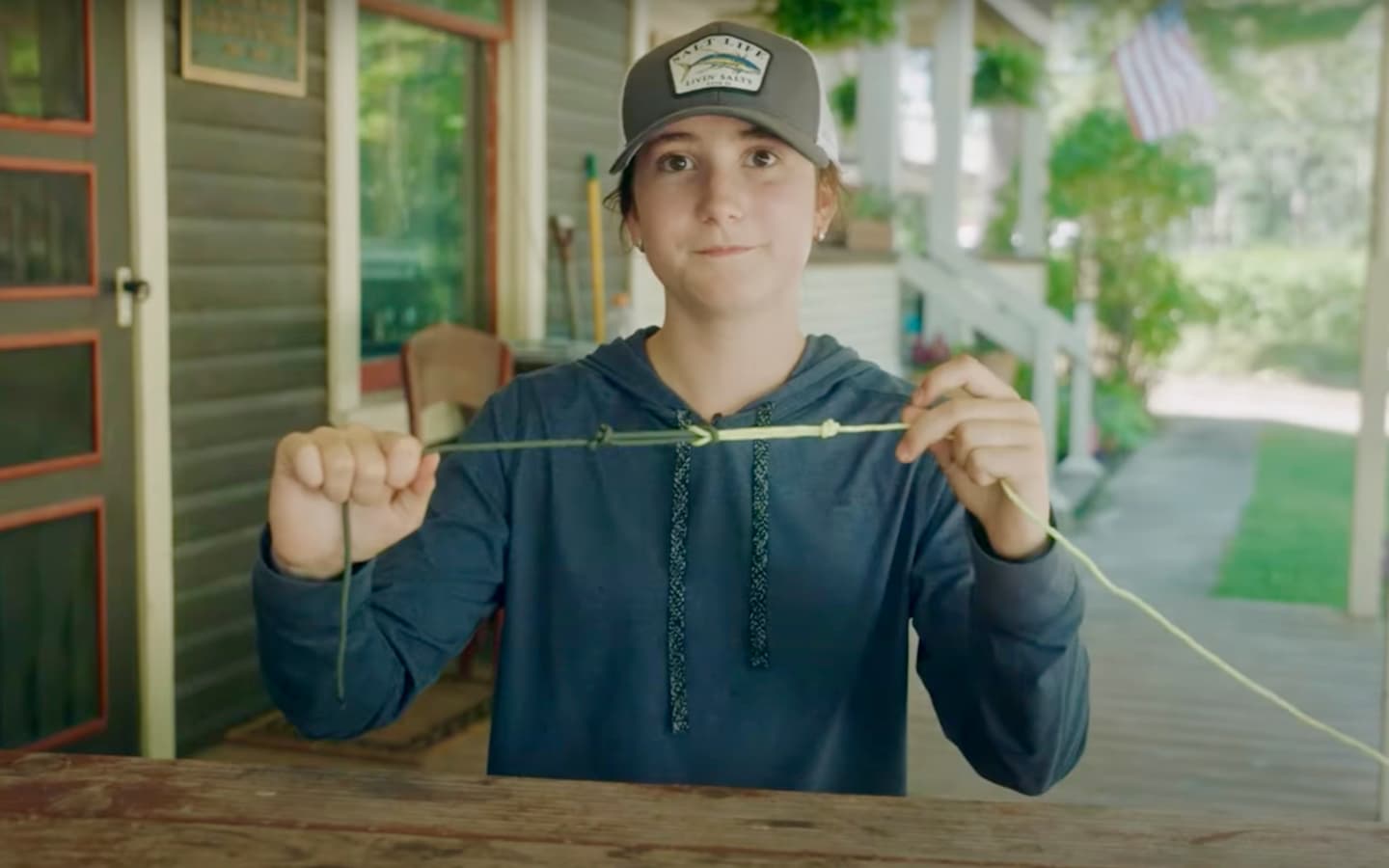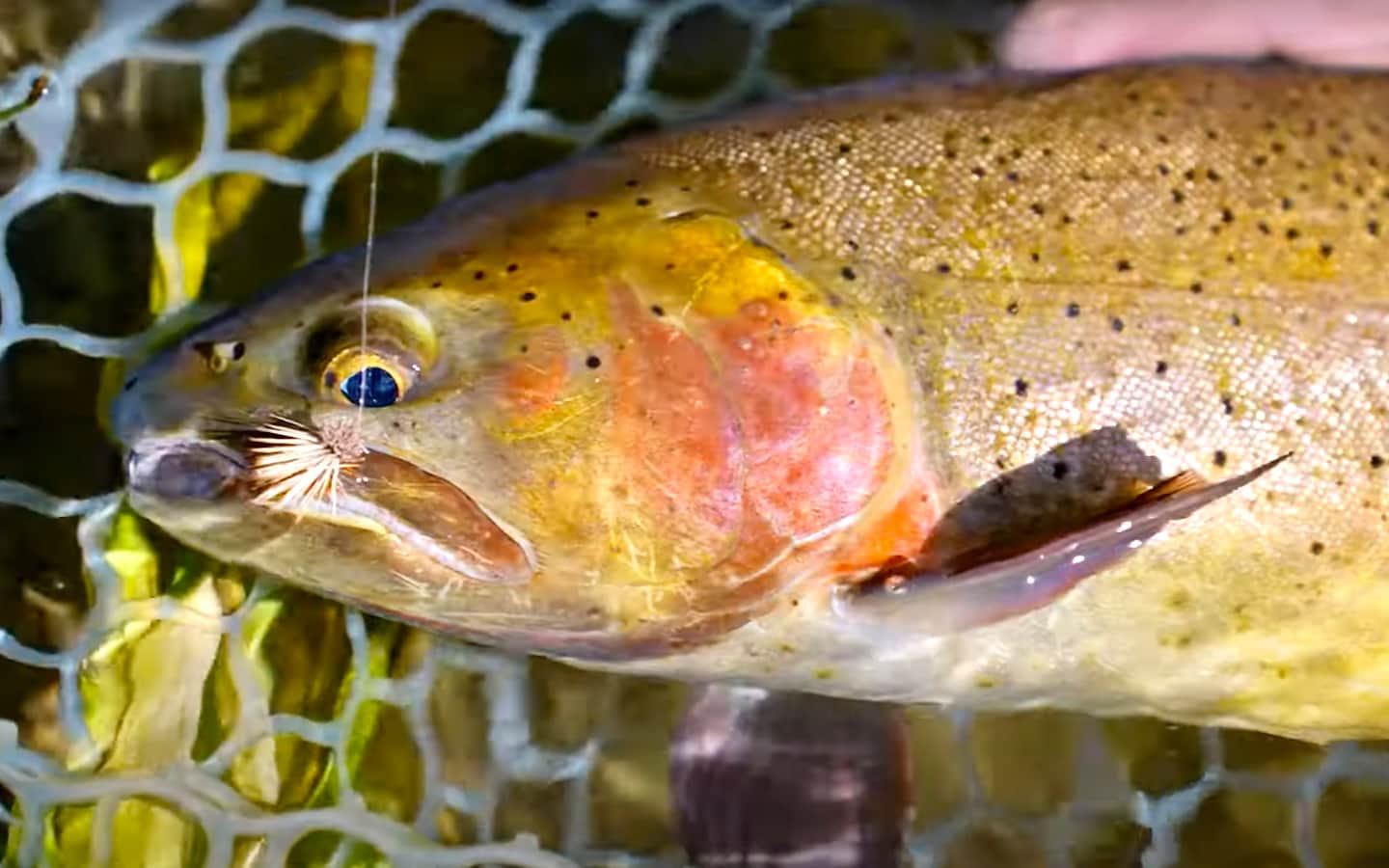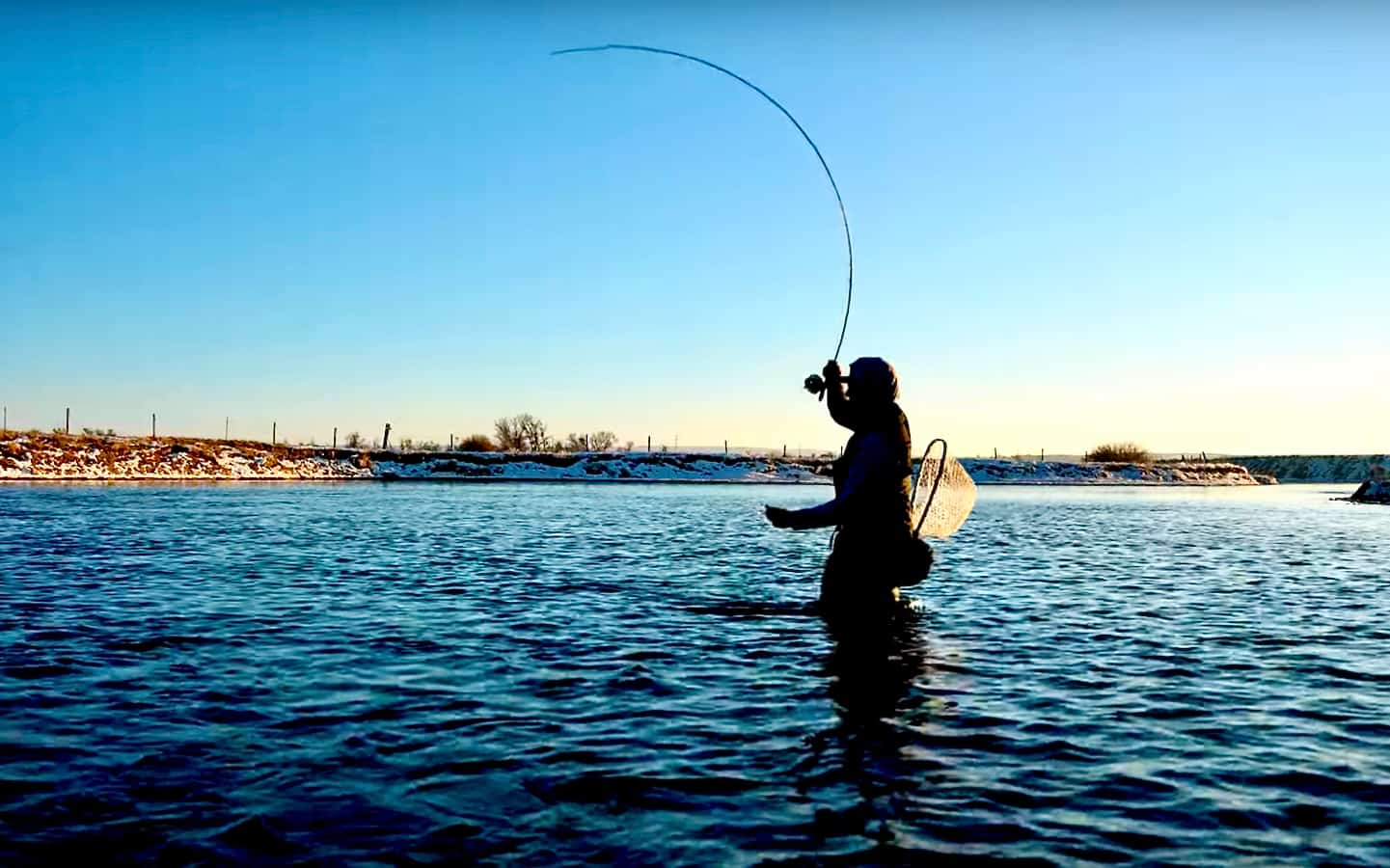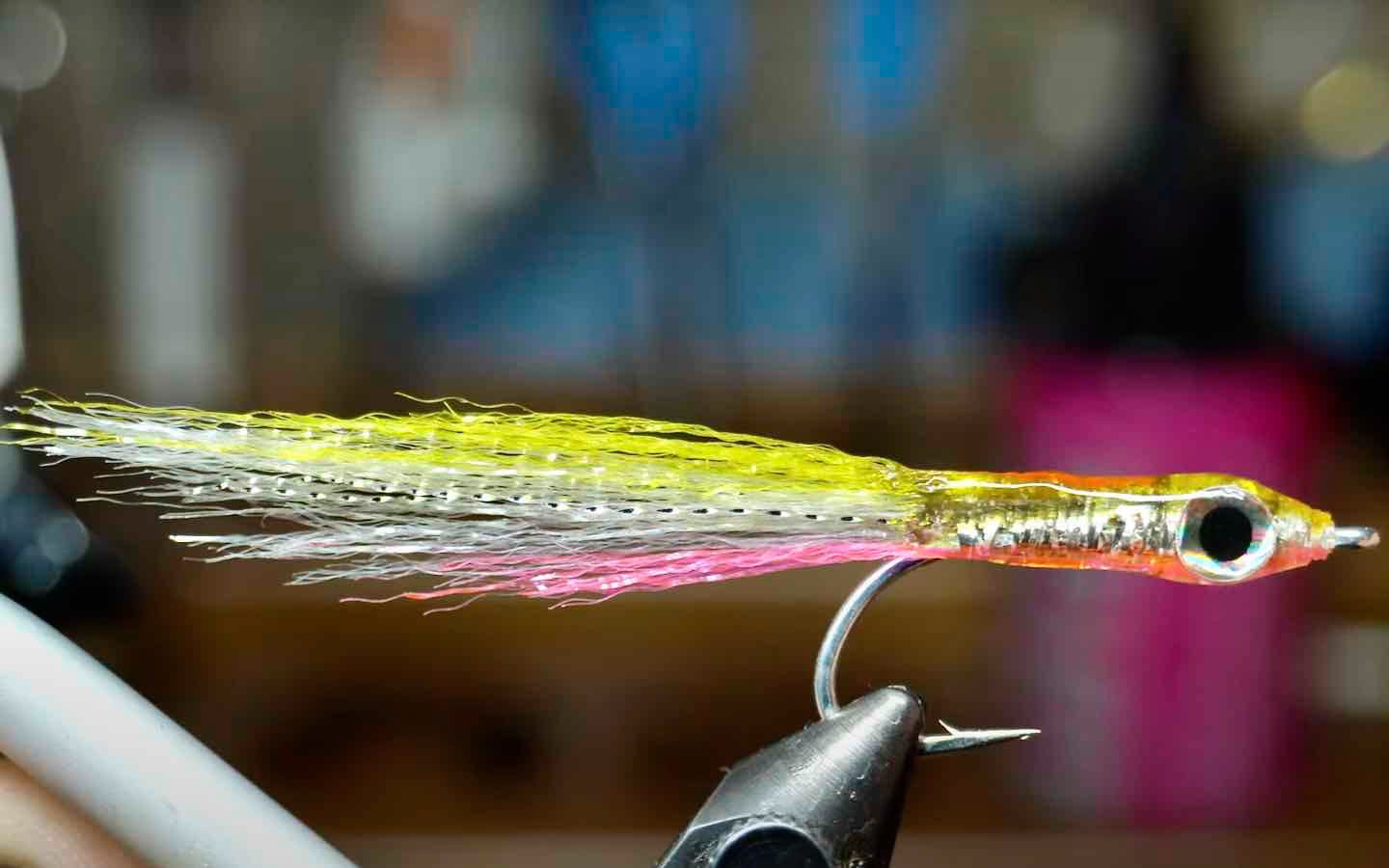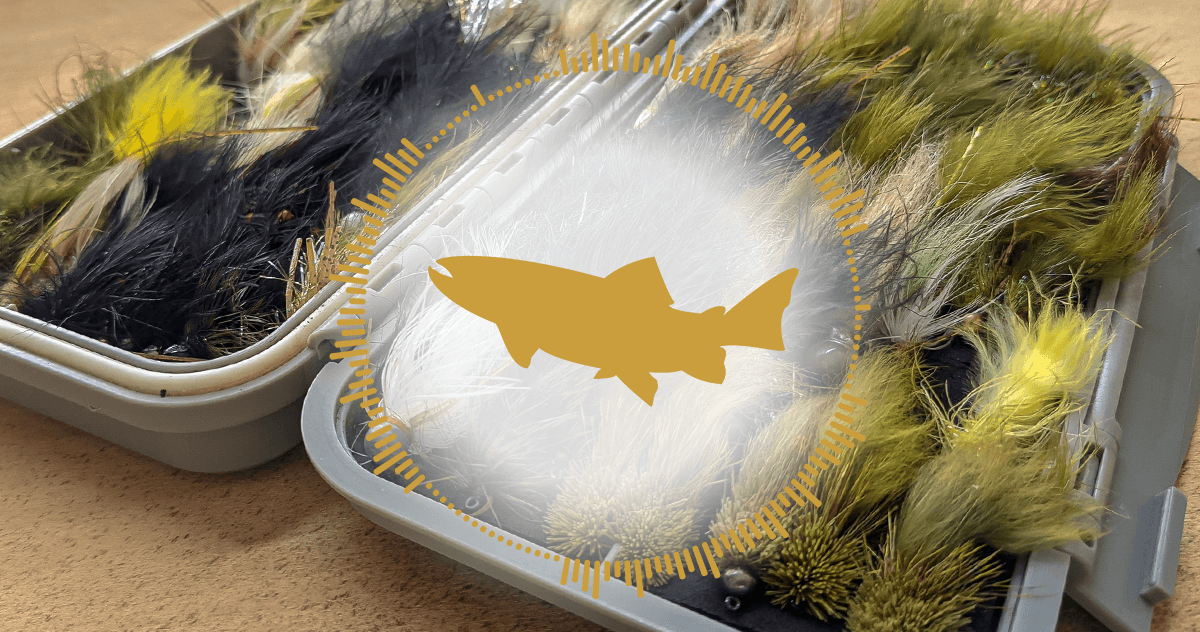The Truth About Feltless Soles
Have a question you want answered? Email it to us at [email protected].
Question: I’m looking to buy a new pair of wading boots, and I want to know if I should buy ones with the new feltless soles. I think it’s important to help the environment, but I don’t wanna drown. Are they really as good as felt?
Joe, Santa Fe, NM
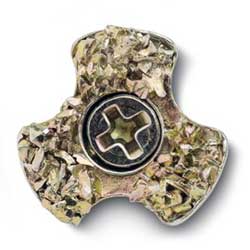
Simms — a close-up of their feltless HardBite™ Star Cleat Studs is above — and some other companies now offer stud kits that that make their new rubber soles grippier.
Answer: The short answer is: No, these boots do not offer all-around traction that’s as good as felt. However, they are a heck of a lot better than previous generations of rubber soles, performing better than felt in mud, grass and snow and offering a fine choice to anglers wading familiar streams with pebble or small-rock bottoms. If you add studs or cleats, the traction often rivals that of the “stickiest” soles.
But even the manufacturers of these boots don’t claim that you’ll get the same performance as you would with felt, and they don’t want their customers to get into trouble because of overconfidence in their new boots. Ned Hutchinson at Cloudveil told me that these boots should be seen as another option for anglers, an alternative to felt for some situations but not a complete replacement for felt. If you’re headed to fish for steelhead on a big Western river in February, don’t wear boots with unstudded rubber soles. However, for most streams, the studded versions of these boots work great. For light wading, uncomplicated riverbeds, or drift-boat fishing, the unstudded versions will do the trick. Orvis has decided to sell only studded versions of its feltless wading boot because, according to rod-and-tackle manager Steve Hemkens, “We don’t want to jeopardize the safety of our customers by sending them out on the water without studs.”
The environmental impact of wearing these boots should also not be overstated. Just because you eschew felt does not make you some sort of environmental hero. Yes, rubber boot soles offer fewer nooks and crannies for aquatic nuisance species to attach to, but Hutchinson says it’s important that manufacturers and shop owners explain to anglers that simply wearing these boots is not enough. To stop aquatic hitchhikers such as whirling disease, new Zealand mud snails, or didymo, you must also clean and dry your gear completely before traveling from watershed to watershed.

